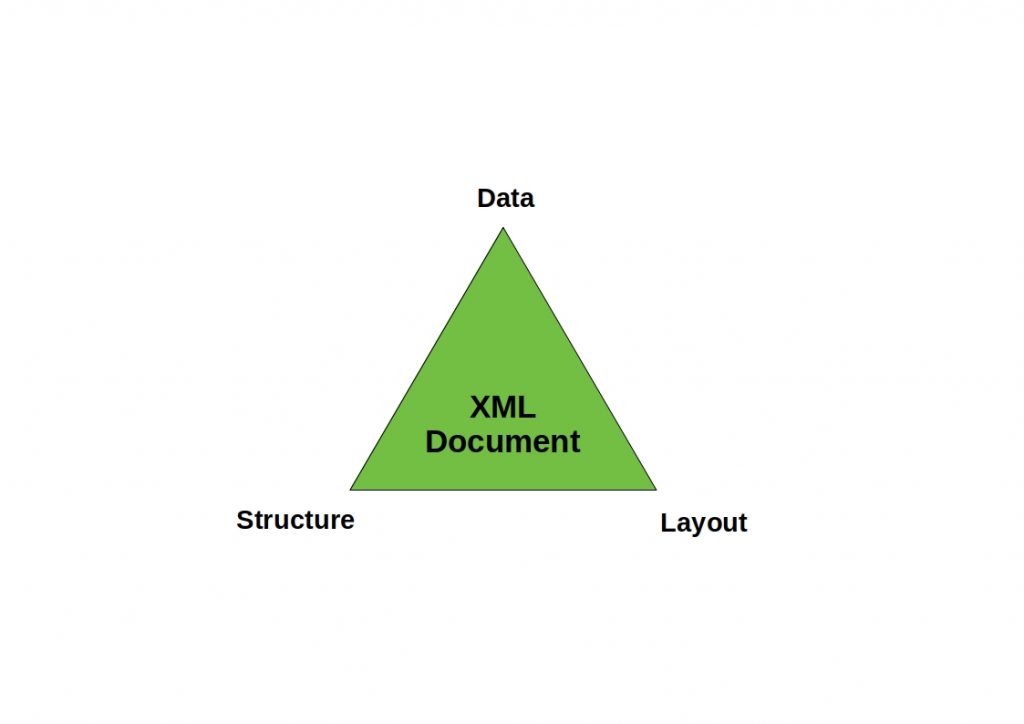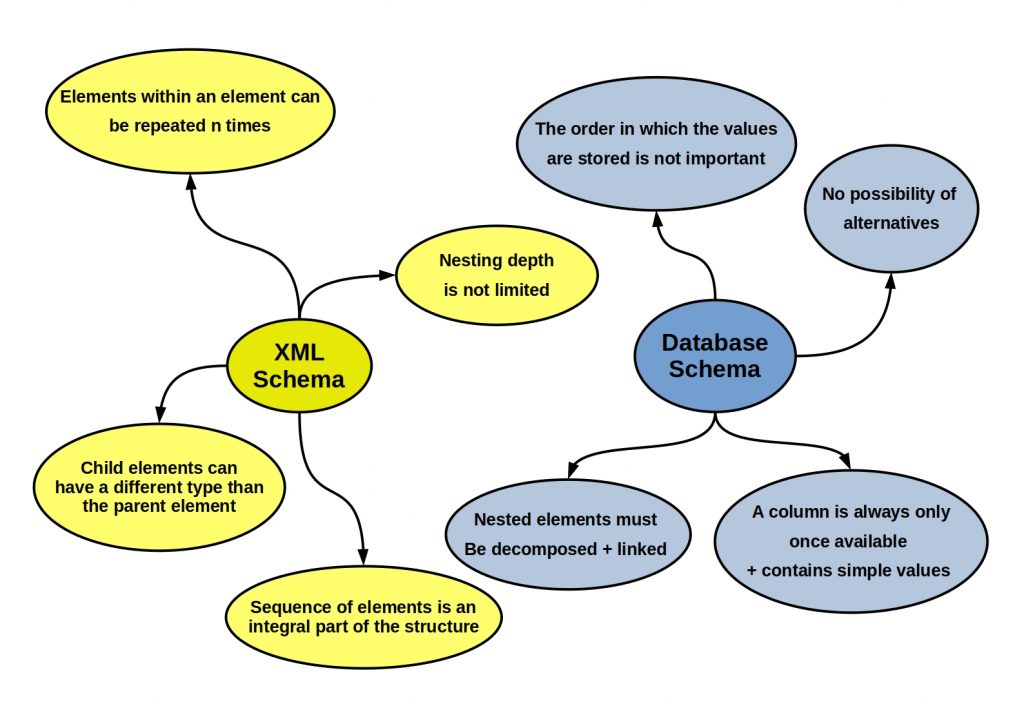Apache Mahout is a powerful machine learning tool that comes with a seamless compatibility to the strong big data management frameworks from the Apache universe. In this article, we will explain the functionalities and show you the possibilities that the Apache environment offers.
What is Machine Learning?
Machine learning algorithms provide lots of tools for analyzing large unknown data sets.
The art of data science is to extract the maximum amount of information depending on the data set by using the right method. Are there patterns in the high-dimensional data relationships, and how can they be represented in a low-dimensional way without much loss of information?
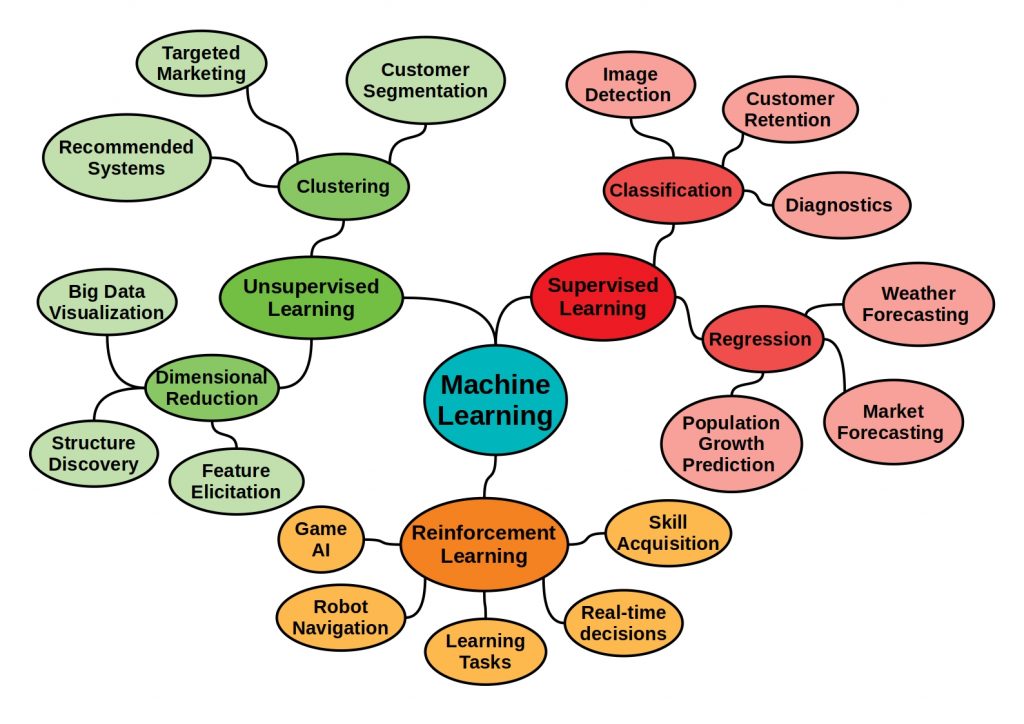


There is often a similar amount of information in the failure as when an algorithm was able to successfully create groupings.
It is important to understand the mathematical approaches behind the tools in order to draw conclusions about why an algorithm did not work.
If you don’t know the basic machine learning categories, it’s best to read our article on the subject first.
Machine Learning and Linear Algebra
Most machine learning methods are based on linear algebra.
This mathematical subfield deals with linear transformations, vector spaces and linear mappings between them.
The knowledge of the regularities is the key to the correct understanding of machine learning algorithms.
What is Apache Mahout
Apache Mahout is an open source machine learning project that builds implementations of scalable machine learning algorithms with a focus on linear algebra. If you’re not sure what Apache is, check out this article. Here we introduce you to the project and its main projects once.
Mahout was already released in 2009 and since then it is constantly extended and kept up-to-date by a very active community.
Originally, it contained scalable algorithms closely related to Apache Hadoop and MapReduce.
However, Mahout has since evolved into a backend independent environment. That is, it operates on non-Hadoop clusters or single nodes.
Features
The math library is based on Scala and provides an R-like Domain Specific Language (DSL). Mahout is usable for Big Data applications and statistical computing. The figure below lists all machine learning algorithms currently offered by Mahout.
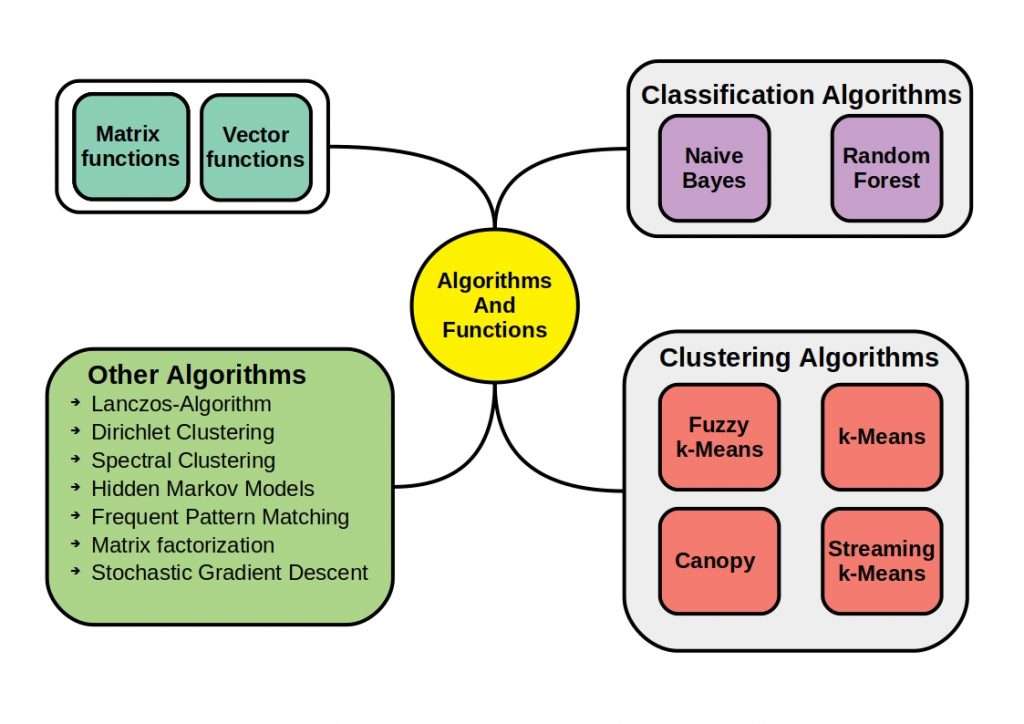


The algorithms are scalable and cover both supervised and unsupervised machine learning methods, such as clustering algorithms.
Apache Mahout covers a large part of the usual machine learning tools. This means that data can be analyzed without having to change frameworks. This is a big plus for maintaining compatibility in the application.
Apache Ecosystem
The framework integrates seamlessly into the Apache Ecosystem. This means that an application can access the entire power of the data processing platforms and build very high-performance big data pipelines. The following figure shows the Apache data management ecosystem.
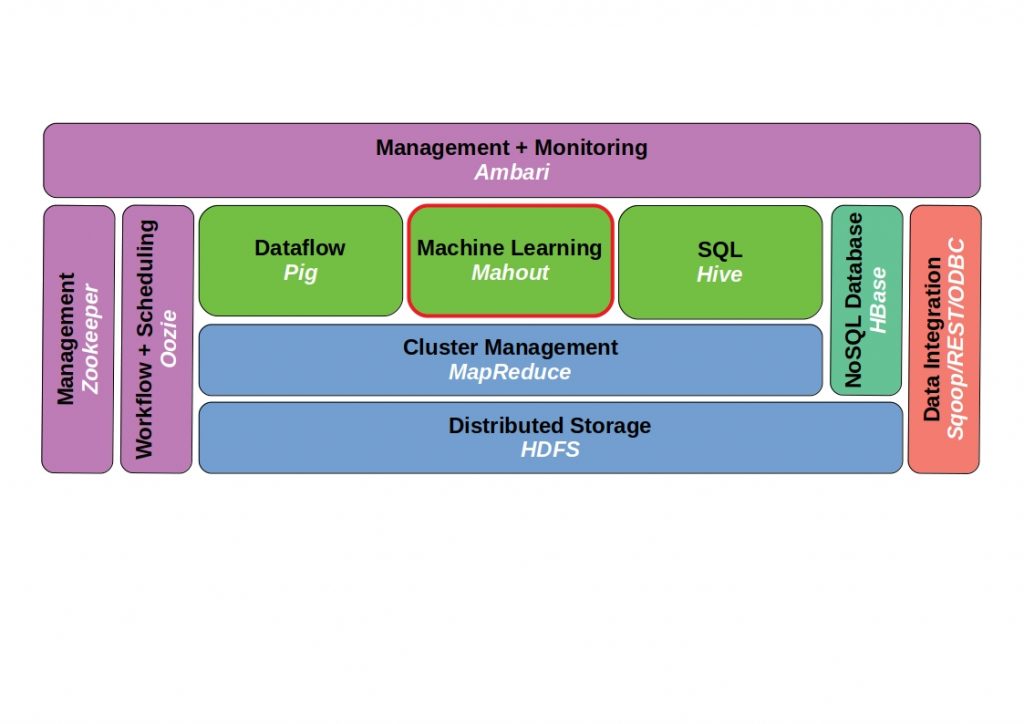


Through connectivity to Apache Flink, stream data analysis pipelines can be built, or with Hive data from relational databases can be automatically converted into MapReduce or Tez or Spark jobs.


